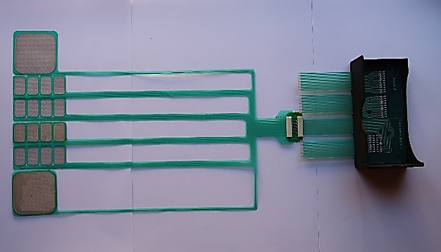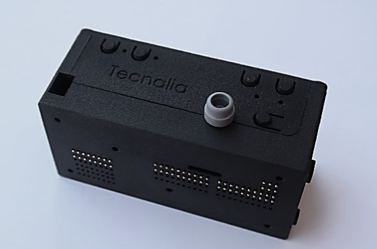30.06.2020. At TECNALIA Research & Innovation, we have been doing Functional Electrical Stimulation (FES) research for more than a decade. Our advanced transcutaneous FES solutions can be integrated with robotic actuators and sensing systems as proposed in the ReHyb upper limb hybrid rehabilitation system. Besides performance, modularity and interoperability are key interests in these new developments.
Novel non-invasive multi-field electrodes and a distributed stimulation architecture are currently developed and investigated to improve selectivity of neuromuscular stimulation of wrist, hand and finger muscles and thus enable more complex and dexterous grasping functions.
In a first stage of the project, a basic ReHyb FES system has been developed for first closed-loop control applications done at partner sites under lab conditions. Exploration, testing and refinement of new shared control algorithms will be made possible in laboratory settings at TUM and ICL.
The ReHyb FES V1 system, shown in the following pictures consists of a stimulation module, the charging case and the socket case for multifield electrodes. The stimulation module with a single current source, is capable of emitting pulses and controlling up to 16 fields independently. The system is designed to be controlled remotely via Bluetooth communication.

